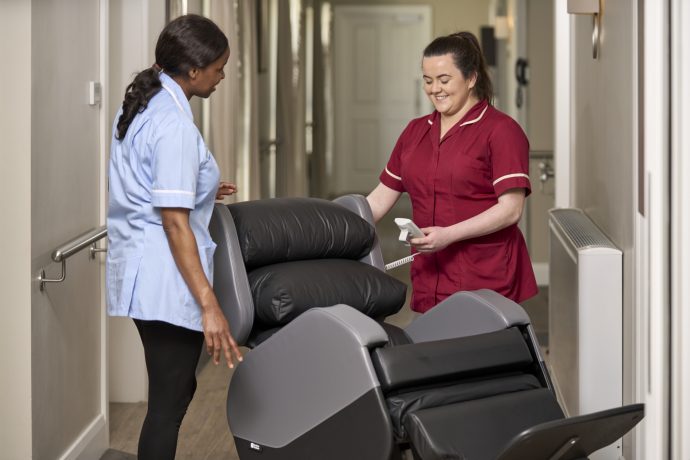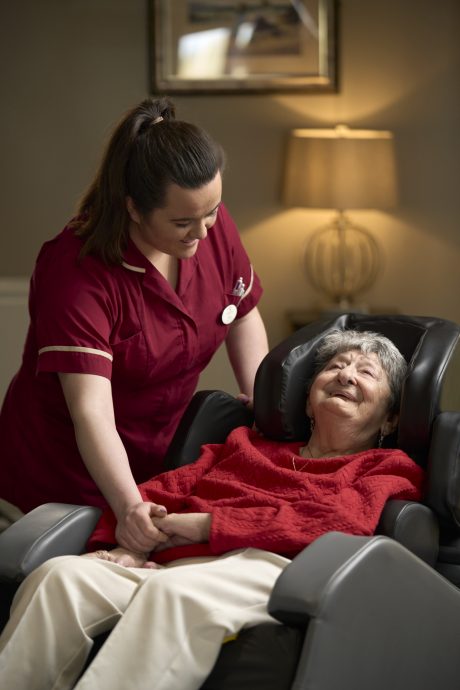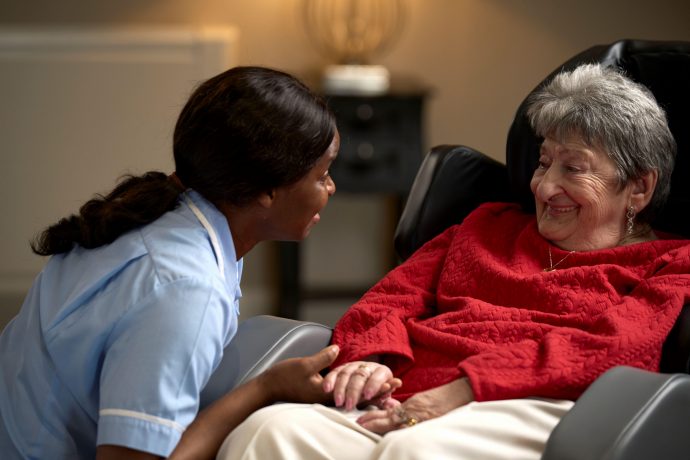
2nd September 2025


Let our online product finder guide you through our simple steps to choose the chairs that best meet your patient’s needs.
Seating Solution FinderThe Envelo cushion provides excellent pressure redistribution and comes as standard on all Seating Matters chairs, meeting the clinical needs of most clients.
Explore Envelo RangeSeating Matters specialises in clinical, therapeutic seating solutions designed to improve patient care and safety, offering products for pressure injury prevention, postural support, and mobility assistance in healthcare settings.
Learn MoreDiscover how Seating Matters has transformed lives with our innovative seating solutions - read our inspiring customer success stories now!
Customer StoriesUsed in academia, in clinical practice and with caregivers around the world to guide their practices around specialist seating.
Download Free Handbook

Tilt in space is when the entire chair shifts its position on its frame as one unit, while maintaining the angles of the hips, knees and ankles.
Tilting a patient backwards can help defy the effect of the force of gravity which can have a detrimental effect on posture, pushing down on the body and pulling a patient forward. The act of tilting a patient backwards reduces the effect of gravity and helps to maintain a mid line postural position, preventing postural deviation.
For a patient who may be at risk of pressure injuries due to sitting in one position for long periods of time, clinicians focused on wound care such as enterostomal nurses, wound care nurses, tissue viability nurses and also occupational therapists, physiotherapists may use tilt in space to reduce their pressure risk.
Tilt in space is an effective method to redistribute pressure off bony prominences such as the sacrum and ITs. When areas of the body are put under pressure the oxygen levels in cells are reduced due to the mechanical disruption of cell structure and reduced blood flow. This can lead to cell death and the possibility of pressure injuries occurring. Increasing blood flow and re-oxygenating the cells of the affected area can be achieved through offloading pressure on the weight bearing area using features such as tilt in space.
By offloading the pressure in this way regularly, (suggested every 1-2 hours for repositioning) then we are effectively reducing the risk of that skin breakdown and therefore the risk of pressure injuries.
If a client’s muscle strength is reduced as a result of their physical or mental disability or condition, tilt can help reduce the negative effects on their posture, by keeping their spine, head and thoracic region in mid line. This improves positioning and ultimately, comfort.
Tilting a patient and changing their centre of gravity contributes to better positioning and therefore reduced risk of falls. In my clinical practice, I've found that a tilt position reduces agitation in patients with neurological conditions such as Alzheimer's, which often contributes to falls from chairs.
For those patients who have a fixed or flexible spinal contracture such as kyphosis, tilt in space can be really beneficial to support their posture. They may be ‘hunched’ over with limited or no ability to make eye contact with others, due to the position of their spine, then once they are tilted back, their head neck and shoulders are supported, and their visual field improves. This leads to better social inclusion, interaction, communication and increased function.
By sitting upright as opposed to slumping or in a deviated postural position, the patients' ability to breathe is greatly improved, reducing the risk of respiratory infections. Likewise, other essential bodily functions such as swallowing, digestion and elimination are also improved as a result of this upright positioning.
For a person at risk of pressure injuries, who requires constant repositioning, (every 2 hours) a tilt in space chair takes the work out of this task, making it easy and fast to complete by the carer in a swift, controlled motion, or by the patient if they can control their own tile via a powered handset.
Research shows that this range of angles can improve positioning, reduce sliding and contribute to increased functional ability.
Larger degrees of tilt are often needed for those at risk of pressure injuries. Evidence shows that the optimum angle for an effective weight shift and therefore pressure management is between 30° and 45°.
Sign up to our mailing list to get practical tips and latest research delivered to your inbox!
Take the next step to achieve clinical excellence and a 24 hour package of care for patients.

Arrange a free, no obligation seating consultation with your local Seating Specialist.

Schedule a call at a time that suits you to speak with our experts.

Arrange a free, no obligation trial of clinical, therapeutic seating

2nd September 2025

15th August 2025

15th August 2025